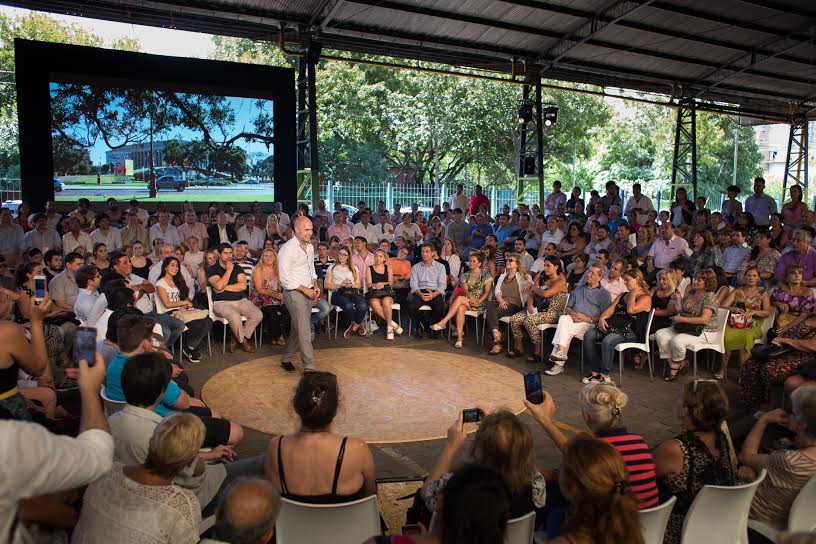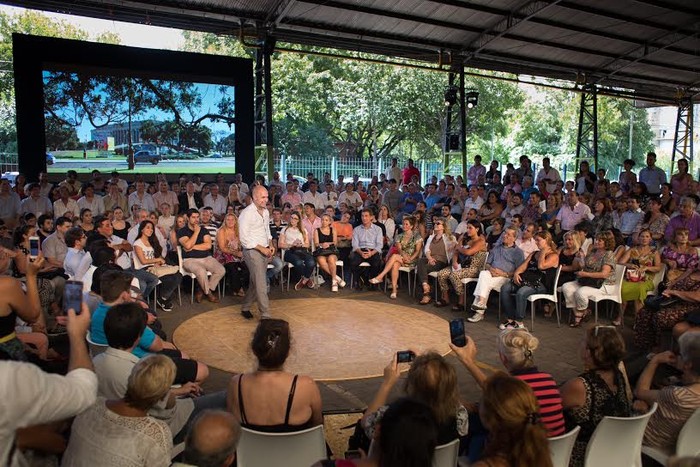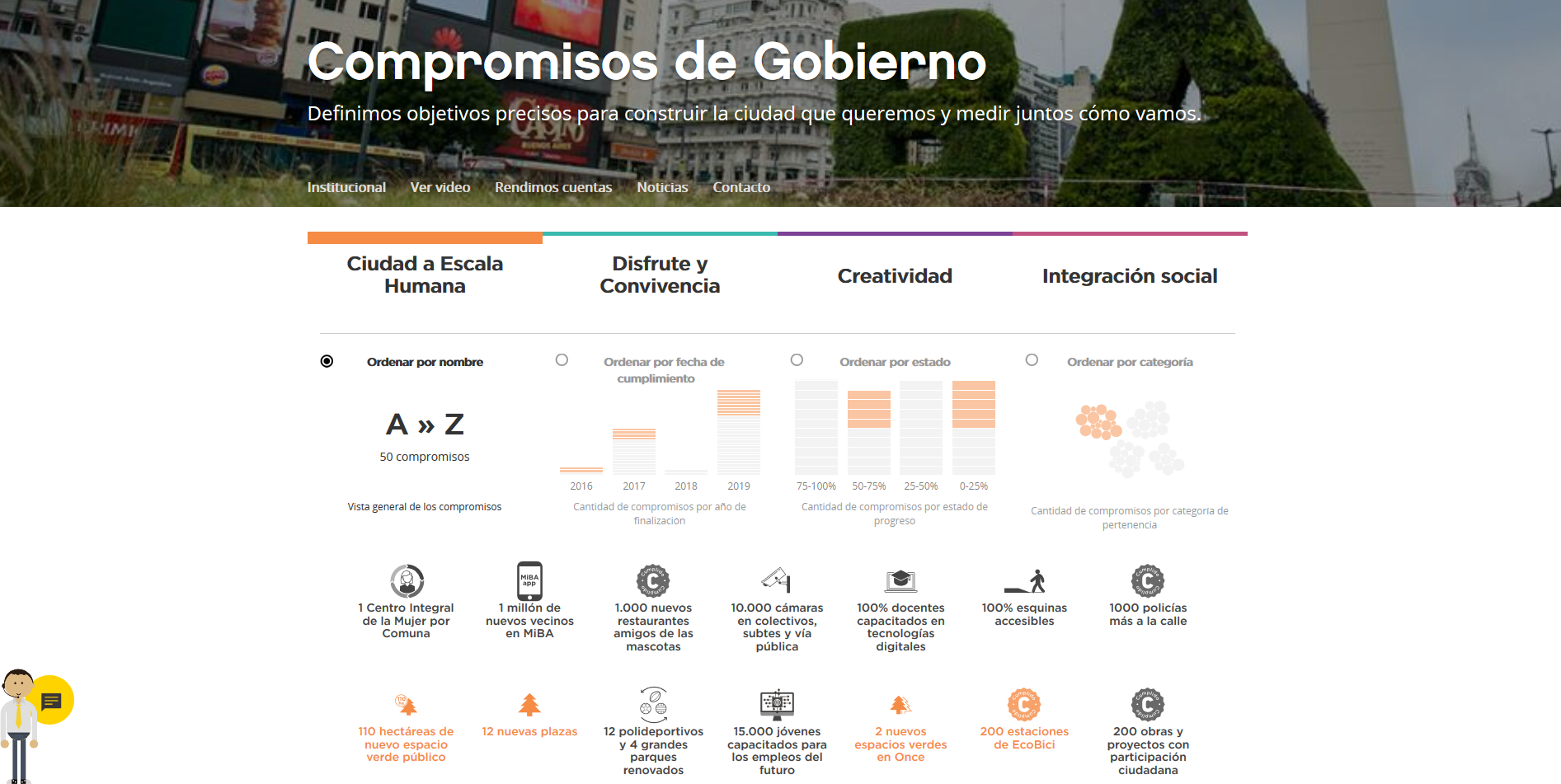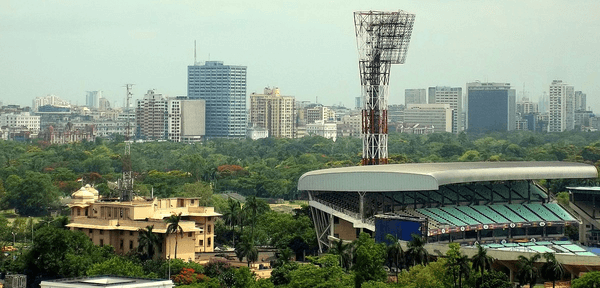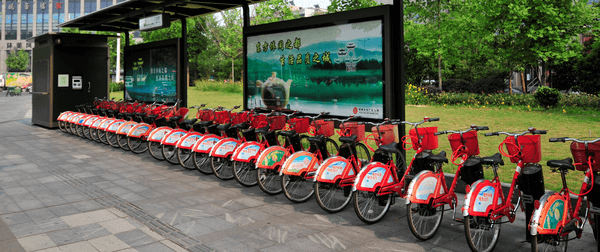After assuming office in December 2015, the Mayor, Horacio Rodríguez Larreta announced his plan for the prioritization and accountability of certain policies and assigned the General Secretariat to coordinate the Government Commitments program.
Commencing in January 2016, the General Secretariat’s Delivery Unit was in charge of preparing and collating commitments proposals to be approved by the Mayor. During this process, both electoral campaign proposals and ministerial projects were taken into account. The aim was to merge them with previously set Government Plan Pillars of “Social Integration”, “Creativity”, “Coexistence and Enjoyment” and “Human Scale” and achieve a balance between them.
A key step during the selection process was balancing two fundamental dimensions within public policy: impact and feasibility. The goal was to create a set of public commitments with enough impact but also feasible to achieve in terms of government budget and technical capabilities. This pre-selection process resulted in approximately 80 proposed commitments. The Chief of Government selected 20.
Planning and setting of compliance for targets was a thorough process led by the Delivery Unit which included:
- Identifying the indicator of compliance and who is responsible for its measurement.
- Constructing a “pathway of compliance” (meaning expected performance for the indicator over time) for the identification and planning of all the actions and programs that contribute to reach the goal.
- Defining the “chain of compliance” which entails identifying responsible parties for each activity and program that contribute to the achievement of the commitment.
Once the planning phase was completed, the Delivery Unit started working on monitoring, evaluating and providing further support for the achievement of each commitment. In order to do so, it used data from the reports and presentations in follow up meetings that each area periodically presents to the Chief Cabinet Minister. During follow up meetings, all areas report on the progress of their projects, with special focus on the Government Commitments.
With the information available, compliance conditions for each commitment are evaluated and possible risks and potential benefits are identified. In cases where further work on a commitment is needed, bilateral meetings are arranged with the responsible area and further support services are provided.
Furthermore, the Delivery Unit conducts periodical meetings with the Chief of Government and the Secretary General of Government, where overall progress of the Government Commitments is reported.
The Government Commitments program also includes opportunities for citizens to participate by monitoring and evaluating the progress of commitments through different channels and methodologies:
- periodical meetings with neighbours carried out by the Chief of Government.
- the project’s website buenosaires.gob.ar/compromisos.
- specific events held to present the initiative to relevant public organizations, representatives of the academic sector and representatives of international organizations.
- through independent evaluations from public organizations (for example the organization, Laboratorio de Políticas Públicas - Public Policy Lab - compiled and shared a report based on their own field study regarding the compliance to improve the Subway waiting time).
